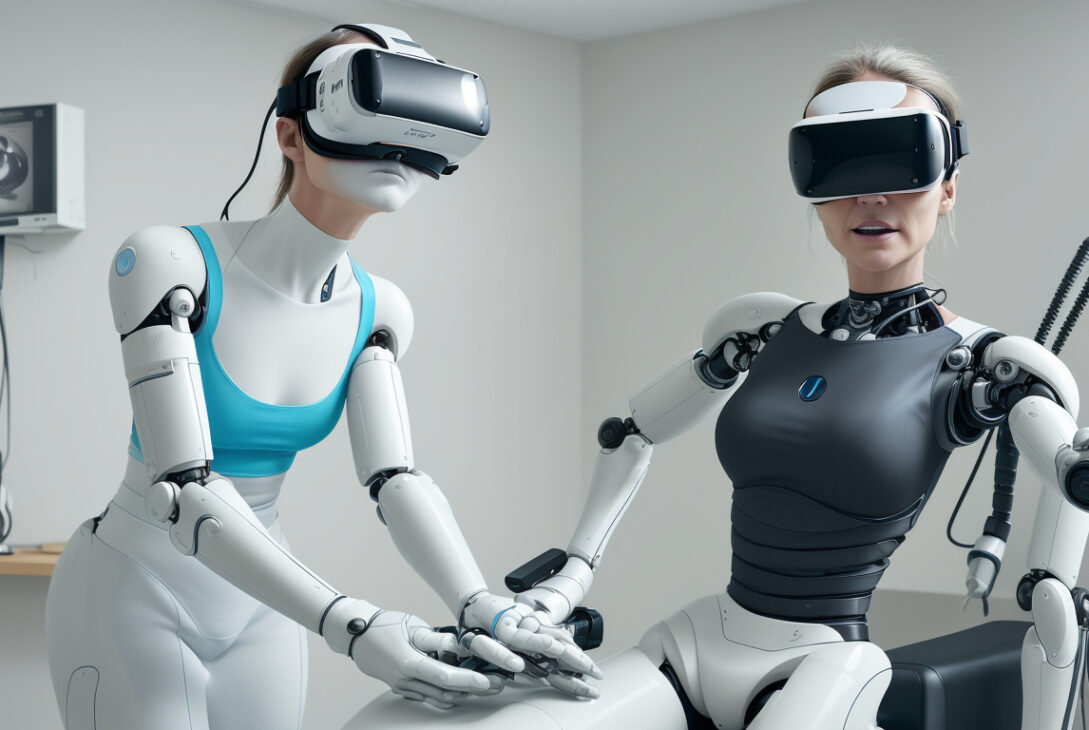Ohio Restaurateur Regains Function After Stroke Thanks to Breakthrough Implant Technology
By Kerry Breen, CBS News Editor
August 23, 2025
Tommy Fello, a 72-year-old restaurant owner from Ohio, faced a life-altering challenge after suffering a stroke on Christmas Eve. After hours spent preparing a holiday buffet, Fello noticed he was veering off the road while driving home. Initially mistaking the problem for a flat tire, he managed to arrive safely but soon realized it was his own body that was unsteady. Shortly afterward, he lost all movement in his left arm and leg, symptoms that a clot-busting drug could not fully reverse.
Despite intensive physical and occupational therapy, Fello’s recovery had plateaued by January 2024. “My arm was stuck in a bent position, my fingers curled,” he recalled. “The limb caused constant pain. I couldn’t work in my restaurant or perform even basic tasks.”
A New Hope: Vivistim System
Fello learned about a novel implant called the Vivistim System, developed by MicroTransponder Inc., after speaking with another stroke patient. This FDA-approved device uses vagus nerve stimulation—a gentle electrical pulse sent to one of the body’s longest cranial nerves during rehabilitation exercises—to enhance neuroplasticity, the brain’s capacity to form and reorganize neural connections. According to Dr. Erez Nossek, neurosurgeon at NYU Langone, this technology accelerates and boosts motor function recovery for stroke survivors.
“The Vivistim System is the first FDA-approved technology proven to amplify neuroplasticity,” Dr. Nossek stated. “It creates new, lasting brain connections that remain after the device is no longer in use.”
Clinical research supports these claims. A 2021 Lancet study involving 108 stroke patients found that those using Vivistim alongside traditional rehab achieved two to three times greater improvements in hand and arm function than those receiving rehab alone. Patients with moderate to severe impairments at least six months post-stroke qualify for the implant.
Surgical Implantation at Cleveland Clinic
Fello met with Dr. Mark Bain, a cerebrovascular neurosurgeon at the Cleveland Clinic specializing in stroke recovery. After assessing Fello’s condition, Dr. Bain recommended the Vivistim implant. On April 29, 2025, Fello became the first patient at the Cleveland Clinic to receive the device.
The minimally invasive procedure lasted about an hour. Surgeons placed tiny leads near Fello’s vagus nerve in the neck and implanted the main device beneath his collarbone, concealing the incision in a natural neck fold. The risk of complications is less than 1 percent, said Dr. Bain.
Two weeks post-surgery, Fello’s device was activated, and he resumed therapy with his occupational therapist, Dr. Sharon Covey, founder of the Center for Stroke and Hand Recovery, Inc.
Remarkable Progress and Optimism
Since implantation, Fello has experienced significant improvements. His previously painful, tense arm has relaxed, and he has begun to use his left hand to carry objects—tasks impossible before the implant. “I’m very, very happy and proud,” Fello said. “I’m glad I did it.”
Dr. Covey highlighted that the Vivistim System represents the most effective strategy for recovering affected limbs in stroke patients since stroke rehabilitation theories have stagnated for decades. “This new technology is turning stroke recovery upside down,” she said.
Looking Ahead: A New Era in Stroke Recovery
Each year, approximately 800,000 Americans suffer an ischemic stroke. For many, traditional rehabilitation reaches a plateau, leaving survivors with lingering disabilities. Experts believe emerging devices like Vivistim offer hope for these patients.
Dr. Bain anticipates rapid advances in stroke rehabilitation over the next decade, saying, “The sky’s the limit for what we can expect in stroke recovery.”
Currently, several patients at the Cleveland Clinic and Dr. Covey’s practice are using the Vivistim System with paired therapy, and dozens of surgeons and therapists across the country have adopted the technology.
As Tommy Fello’s story demonstrates, this innovative approach is transforming lives—restoring independence and functionality where it once seemed impossible.
For more information on stroke recovery and technologies like Vivistim, consult your healthcare provider or visit the Cleveland Clinic website.
© 2025 CBS Interactive Inc. All Rights Reserved.










